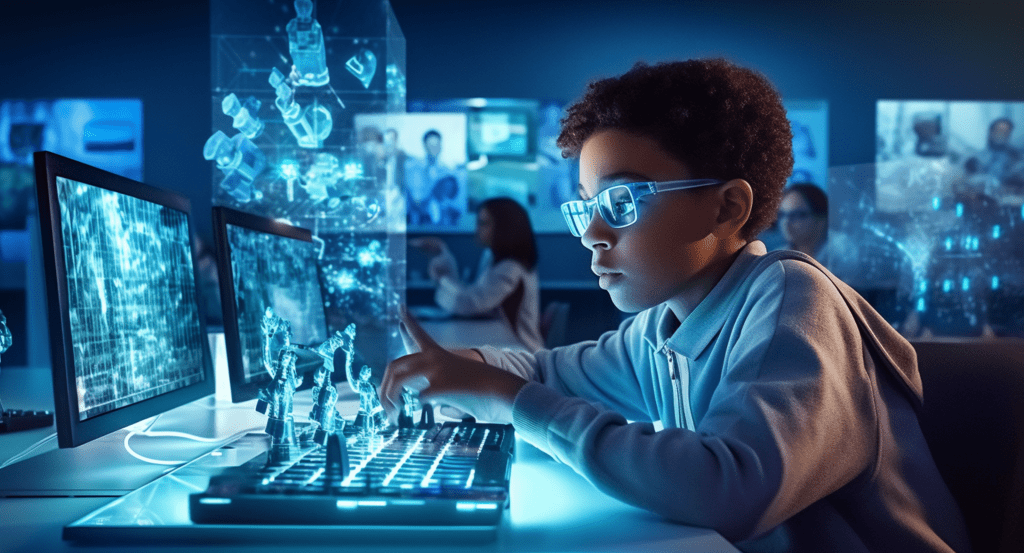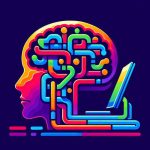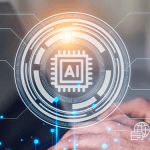Artificial intelligence (AI) continues to revolutionize education, offering tools and resources that can transform learning experiences. However, educators, civil society organizations (CSOs), and policymakers emphasize the need to balance AI’s potential with human-centered approaches, particularly in early childhood development and addressing global learning disparities.
From adaptive learning platforms to AI tutors, artificial intelligence is reshaping classrooms worldwide. Universities, such as the University of Ilorin (Unilorin), are actively promoting AI education, recently training 21 students and announcing plans to sponsor 500 more in the field. However, as automation gains momentum, questions arise about the preservation of human agency and the risk of over-reliance on technology in learning.
The Cable, in a recent article, underscored the importance of ensuring AI complements rather than replaces human instruction. “AI must be a tool that empowers educators and students, not a substitute for meaningful teacher-student interaction,” one expert explained.
In early childhood education, CSOs warn against diminishing human connections in favor of automation. They stress that nurturing relationships between teachers and learners remain critical for emotional and cognitive development. AI-based systems, while efficient, lack the empathy and nuance necessary for fostering these bonds.
“Children learn best through human interactions. Technology can enhance this, but it should never replace the human touch,” a representative from one CSO noted during a recent conference.
AI also holds the potential to close significant learning gaps, particularly in underserved regions. According to UNICEF, AI-driven tools can make personalized learning accessible to marginalized communities, helping children overcome barriers such as language and resource limitations. However, the challenge remains ensuring equitable access to AI technologies.
Experts advocate for AI policies that prioritize inclusivity, ensuring that underprivileged learners are not left behind in the race toward automation.
As AI continues to shape education, stakeholders agree that a balanced approach is vital. Integrating AI should involve safeguarding human agency and emphasizing the importance of teachers in fostering emotional intelligence, critical thinking, and creativity.
Governments and institutions, such as Unilorin, are setting examples by investing in AI education while promoting ethical guidelines for its implementation. By combining AI’s efficiency with human intuition, education systems can strike a balance that benefits learners without compromising their humanity.
AI’s role in education is undeniable, but preserving human agency and connection remains paramount. With the right strategies, technology can coexist with traditional teaching methods to create a future where innovation enhances—not replaces—the human element in learning.























